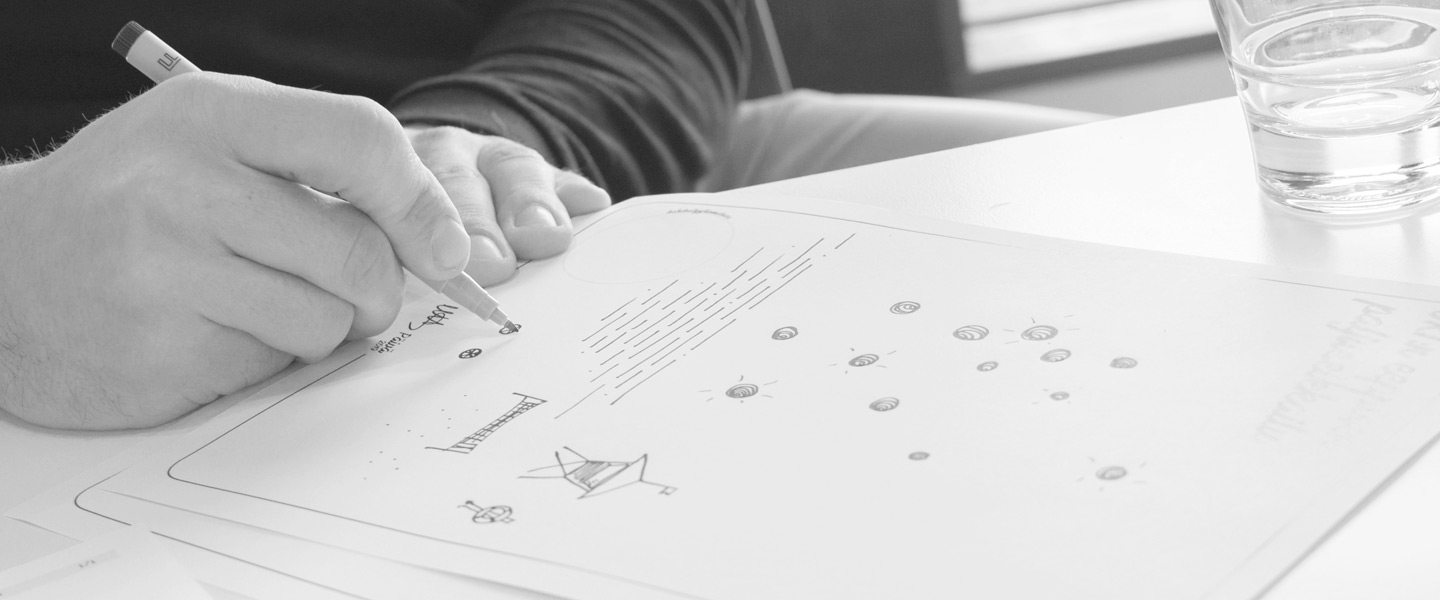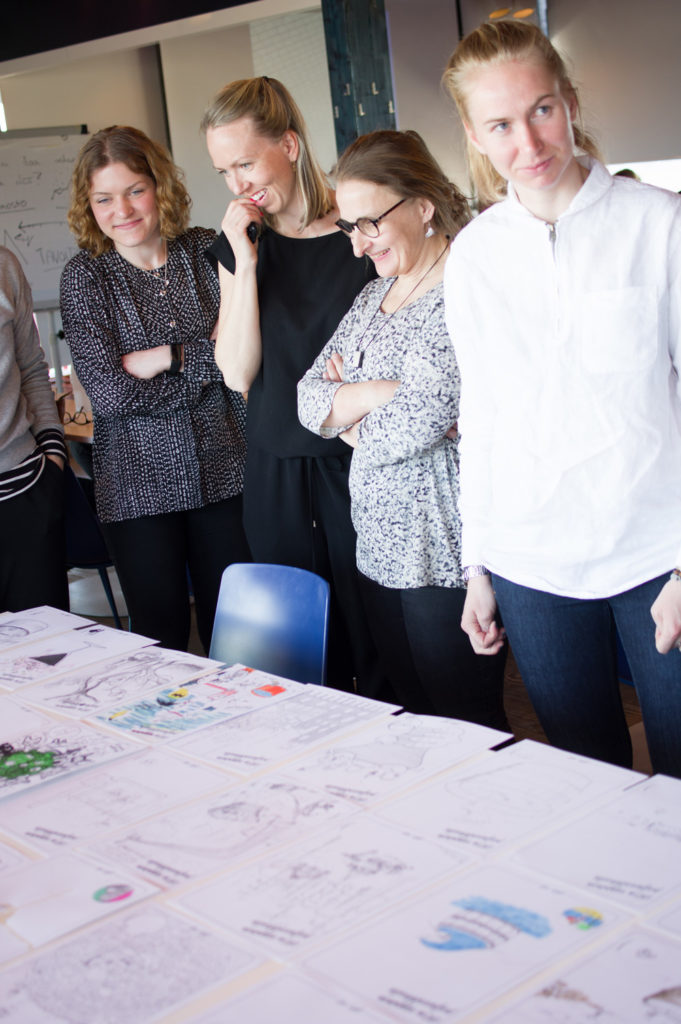Developing design and managing growth

UKI Arkkitehdit wanted to develop good into better and streamline work by unifying the working methods of its personnel, which has doubled in a few years. Jointly generated ways to develop working methods, design execution and software are reflected in everyday life as various process development projects. The outcome is efficiency, savings and better service.
Ideas about developing the design process of UKI Arkkitehdit have been floating in the air and started to solidify a year ago in May at an UKI gathering. Things were OK, but they could be better still. There was increasing attention to internal development, and it was seen more like a proper project requiring persons in charge as well as sufficient time and resources.
The goal in developing internal processes is to create uniform working methods that are clearly understandable to all
Juho Tastula, architect
”More effectivity and smoother work, less idling and frustration. We don’t want to waste resources in irrelevancies – we want to concentrate on design”, architect Timo Tyynismaa lists the benefits.
The UKI gathering was arranged for the whole personnel and consisted of wide-scale brainstorming of how things could be improved in software, working methods and comprehensively in design execution.
”The right people in the right groups worked on issues that belonged precisely to them. Singular issues were picked for development, such as software development or folder structure updates”, says Timo, who oversees the development of the design process or Supro.
Continuous improvement
The UKI gathering was a distinct start to the development work, which has no similarly clear endpoint, however. Developing processes and working methods is a continuous effort.
”The first stage in improving the folder structure is complete, but we will listen to feedback after six months and continue forward accordingly. The ARCHICAD and Revit software development continues and progresses all the time”, Juho says.
Change often arouses resistance. So it is at UKI, too, but on a surprisingly small scale, Timo commends.
”Everyone has their deeply rooted old habits. Adopting the new common conventions of UKI requires effort, but it’s clear to everyone in an expert organisation why development work is needed. Work becomes more efficient and the customer gets better service”, Timo continues.

Small components carry big importance
UKI improves its operation more extensively than just by developing the design process. The management of the company is going through its own development programs. Apart from Supro, there are independent Laari and Visu projects in progress, the latter one focused on improving visuality and conceptual drawing competence.
Developing processes and competence and creating common procedures also contribute to managing the growth in the company. UKI Arkkitehdit has doubled the number of its employees to 70 in five years; therefore a ”boring” task like the folder structure project has great significance in this big team, Timo and Juho point out.
”Folder structure has most impact on employees who may move between customer projects quite frequently. Now we can avoid unnecessary briefings, and materials can be found right away in the right place. The benefit and savings can be easily verified and, without Supro, wasted hours could amount to a lot. Apart from efficiency, it’s important that clarity also decreases the probability of errors”, says Juho.
The purpose of projects like Supro is to make work easier, of course, not to hamper it with stiff bureaucracy. The Supro team in UKI is not steered from above – the team includes voluntary employees who are interested in development work. ”With Supro, we have discovered that developing a company takes time and requires resources. Things don’t develop if they have low priority, they must be processed purposely, and we give sufficient time and development resources to those who are interested in developing design”, Juho and Timo conclude.